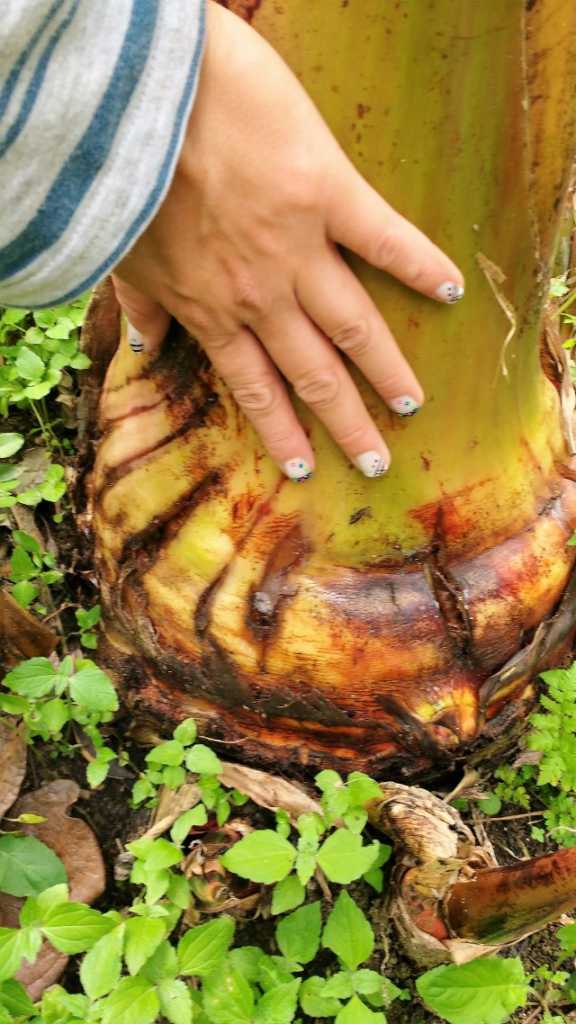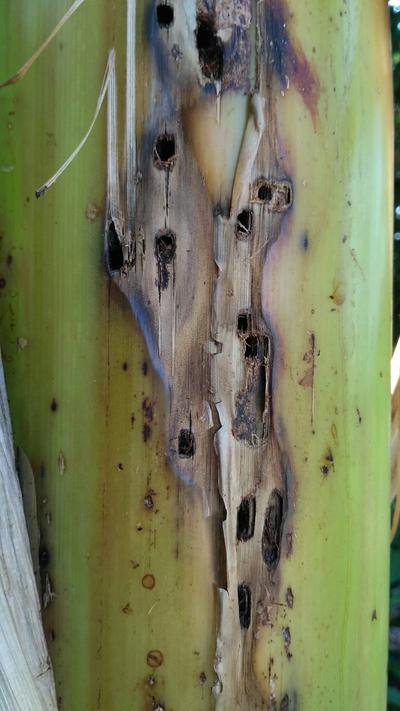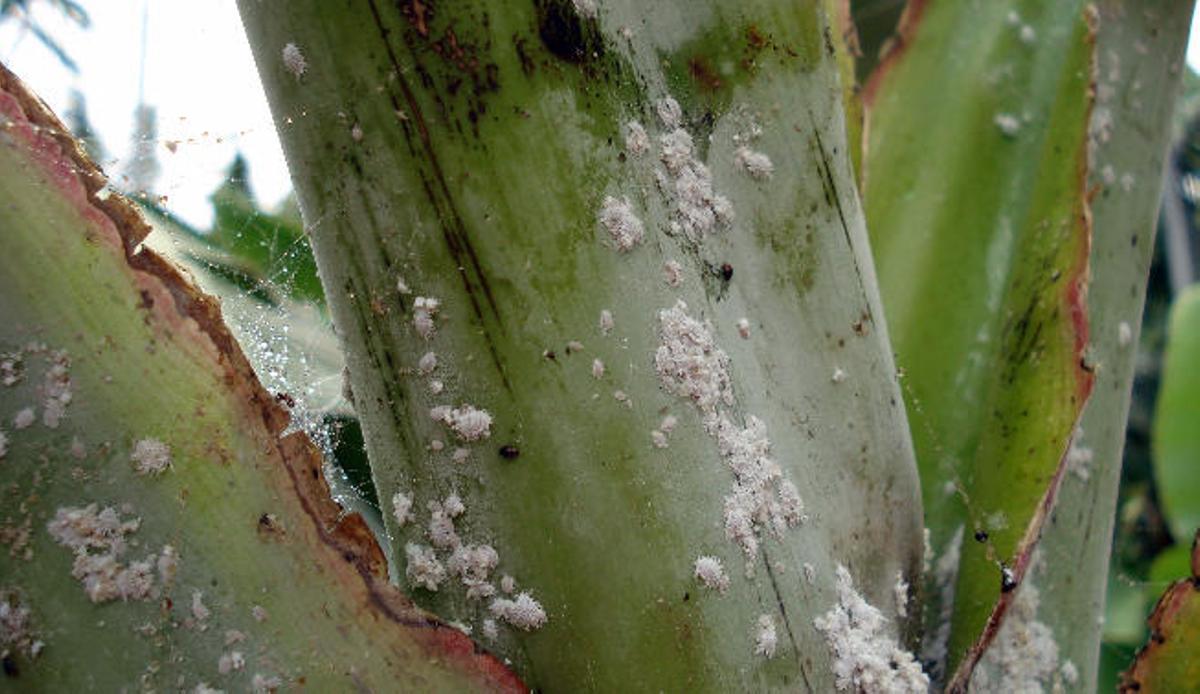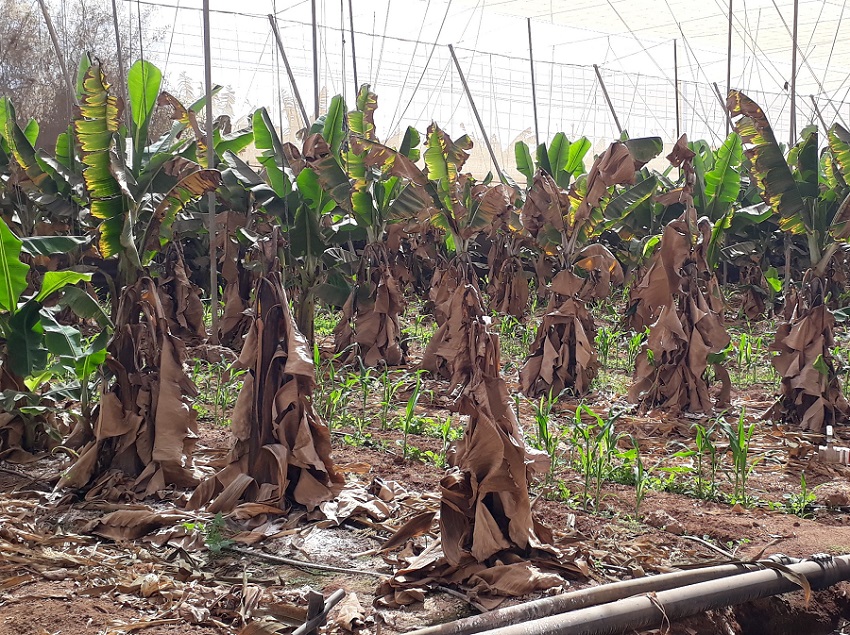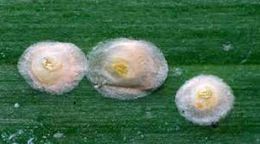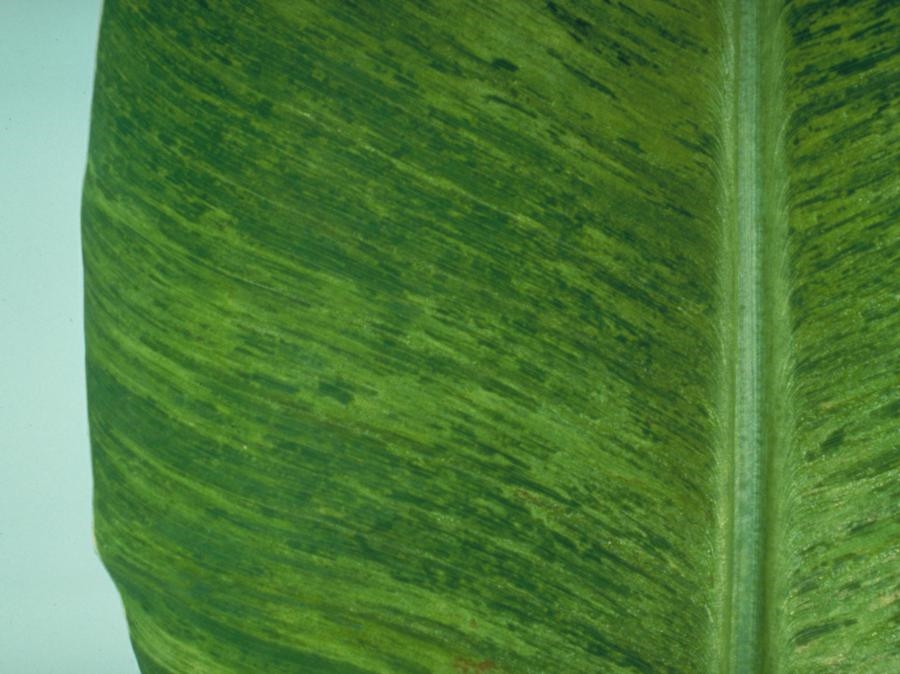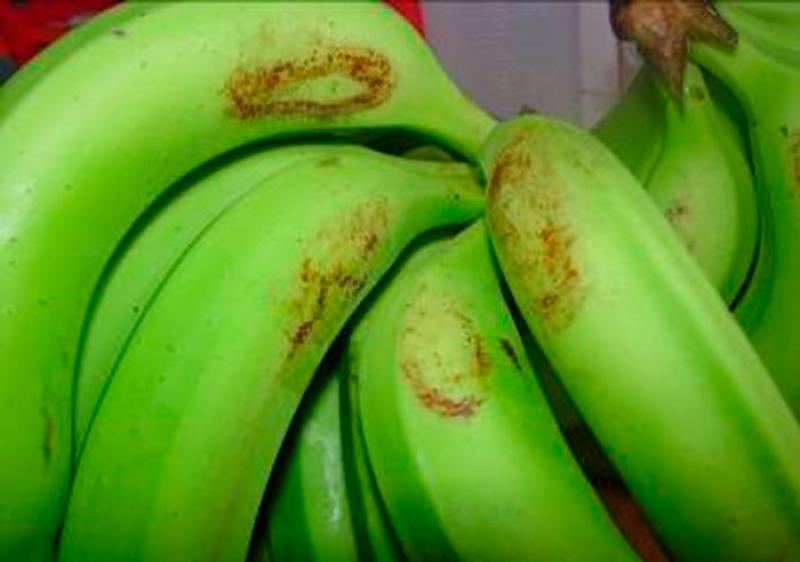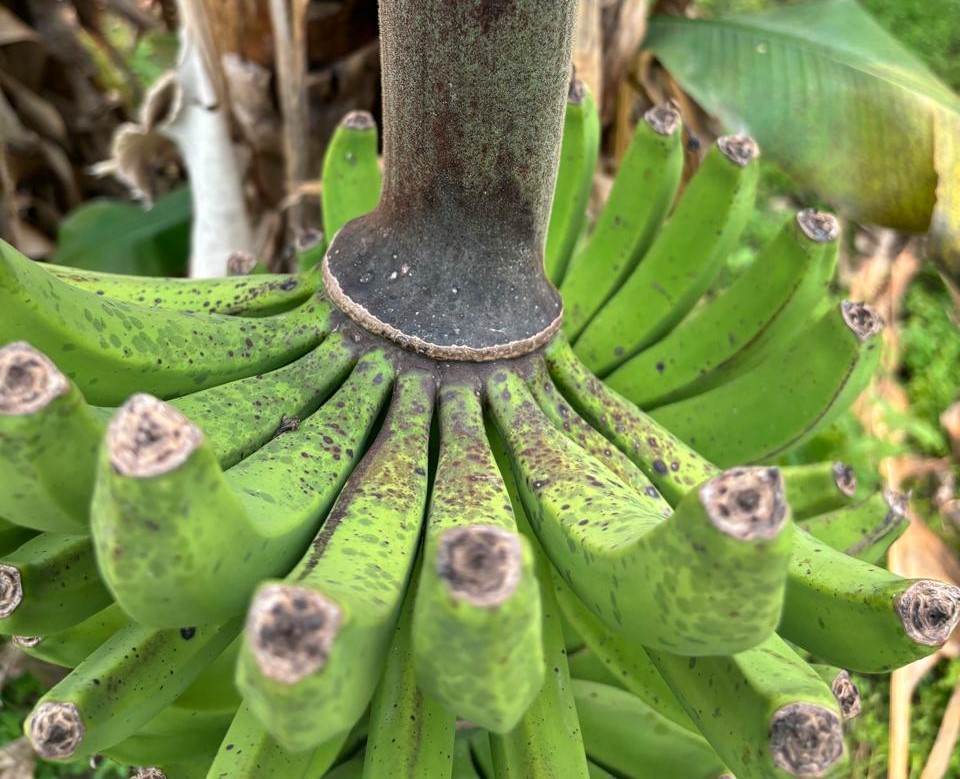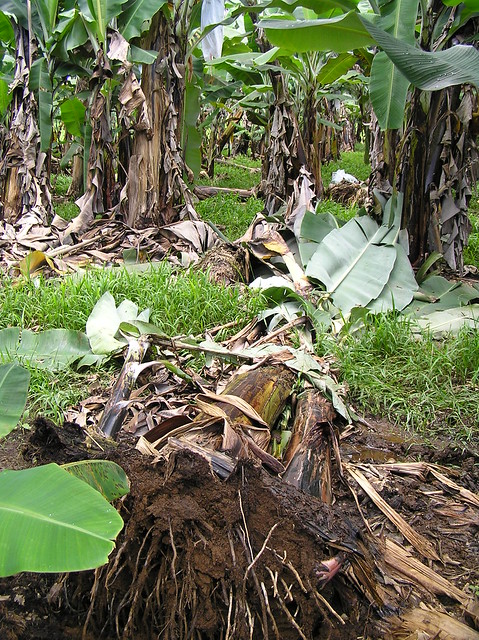
Black Sigatoka
WHAT IT IS AND HOW TO ELIMINATE
Platanera
Black Sigatoka
Mycosphaerella fijiensis
Pathogen:
Fungus
Type:
Risk to the plant:
CRITICAL
Micosis/Hongos
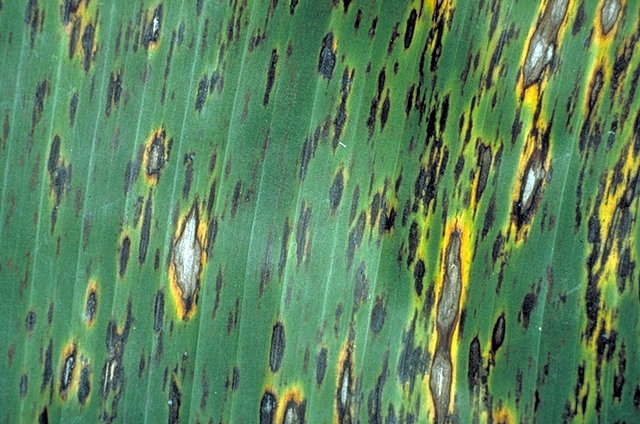
WHO CAUSES IT?
Mycosphaerella fijiensis is a phytopathogenic ascomycete fungus that seriously affects banana trees. Its spread occurs through spores that are spread by wind and water. Under favorable temperature and humidity conditions, the fungus germinates on the surface of the leaves, penetrating through the stomata. As it progresses, it develops specialized structures for the colonization of leaf tissue, weakening the plant and reducing photosynthetic capacity. The infection remains latent for several days before symptoms become visible, favoring its spread. Over time, the fungus forms new sporulation structures in the foliar lesions, closing its cycle and restarting the infectious process. The persistence of the fungus in the residues of infected leaves contributes to reinfection, making its control difficult.
SYMPTOMS
Black Sigatoka seriously affects the development and yield of the banana tree by attacking its leaves, reducing photosynthetic capacity and weakening the plant. The first lesions appear as small dark brown streaks on the surface of the leaf, progressing progressively to form necrotic spots that spread and join, causing the premature death of the leaf tissue.
- Appearance of dark brown or blackish lines on the leaves.
- Irregular spots with a yellow halo that expand.
- Progressive necrosis of the leaf tissue.
- Premature wilting of affected leaves.
- Reduction in plant growth and vigor.
- Decrease in the size and quality of the fruits.
- Early defoliation in severe cases.

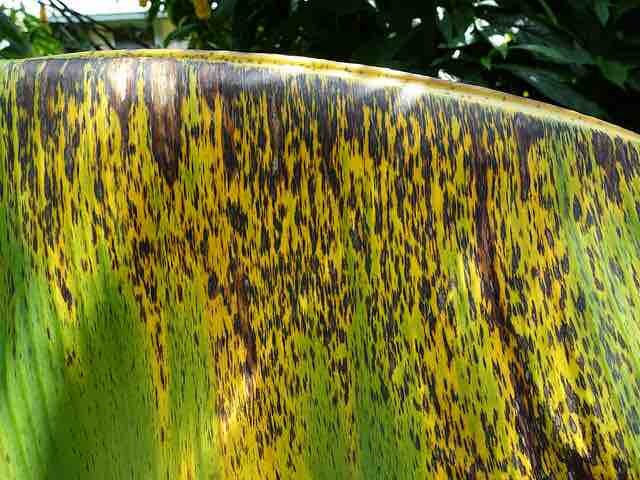
DEVELOPMENT CONDITIONS
Temperature:
25°C - 30°C
Humidity:
90% - 100%
HOW IS IT SPREAD?
Wind, rainwater, irrigation splashes, infected leaf debris, contaminated pruning tools, infected propagation material
HOW TO ELIMINATE IT?
Home treatments
Natural allies
There are no natural allies
Chemical treatments
There are no treatments for this disease. Treatments are directed at the insect vectors that transmit it. See insect treatments.
RECOMMENDED PRODUCTS TO ELIMINATE THE PEST
REPELLENT PLANTS
-
RECOMMENDATIONS
- Avoid wetting the leaves when watering, do it directly to the ground.
- Don't put the plants too close together, leave room for air to circulate.
- Remove leaves or diseased parts as soon as you see them.
- Use natural fungicides such as baking soda, copper or horsetail.
- Do not reuse soil from plants that were sick.
- Clean the tools well before and after using them.
- If you grow indoors, open windows or use fans from time to time.





